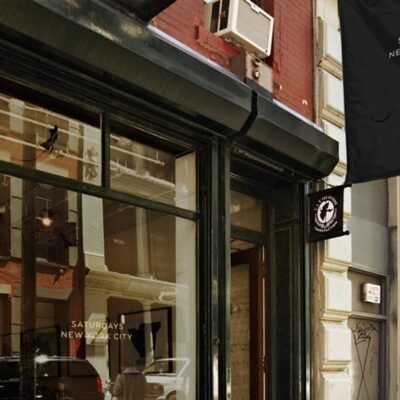For years, the “Manic Pixie Dream Girl” has been both loved and criticized in pop culture. From quirky, free-spirited women in indie movies to the countless social media discussions about the trope, the idea of a playful, mysterious woman who changes a man’s life has never fully disappeared. But now, the New York Times has reignited the conversation, and the internet has a lot to say.
What is the “Pixie Dream Girl” Trope?
Before diving into the recent controversy, let’s take a step back. The Manic Pixie Dream Girl (MPDG) is a term coined by film critic Nathan Rabin in 2007. He used it to describe female characters in movies who exist solely to inspire the male lead, without having any real depth of their own. Think Zooey Deschanel in 500 Days of Summer, Natalie Portman in Garden State, or Kirsten Dunst in Elizabethtown. These characters are fun, quirky, spontaneous, and full of life, but their purpose in the story is usually to help a male character grow, rather than having their own personal development.
Over the years, the MPDG trope has been heavily debated. Some argue that it’s sexist, reducing female characters to sidekicks rather than complex individuals. Others believe it’s been misunderstood, and that some of these characters actually have much more depth than they’re given credit for.
The New York Times’ Take on the “Pixie Dream Girl”
Recently, the New York Times published a piece analyzing the return of the Pixie Dream Girl in modern culture. The article suggests that the MPDG is making a comeback, but in a slightly new and evolved form. Instead of being just a male fantasy, today’s “Pixie Dream Girls” are often portrayed with more self-awareness and agency.
For example, take Margot Robbie’s Harley Quinn from Suicide Squad and Birds of Prey. She has the colorful, chaotic energy of a classic MPDG, but she’s also a complex character with her own goals, struggles, and independence. Another example could be Jenna Ortega’s Wednesday Addams, who, while not traditionally “manic” or “pixiehttps://cordcutting.com/what-to-watch/manic-pixie-dream-girl/-like,” still carries a sense of quirky, mysterious charm that captivates audiences.
The NYT’s article sparked heated discussions online, with some readers agreeing that the MPDG has evolved, while others feel that the term should be left in the past.
The Internet Reacts: Is the MPDG Still Relevant?
Social media was quick to react to the NYT’s take. On Twitter, many users criticized the article for recycling old conversations, while others argued that calling any female character a “Pixie Dream Girl” is limiting.
One viral tweet read:
“Women aren’t ‘Pixie Dream Girls’ just because they wear funky clothes and don’t act basic. Let female characters be weird without putting them in a box.”
Another user commented:
“The MPDG discourse is so exhausting. Let’s retire the term and just talk about well-written vs. poorly written women in media.”
However, some people defended the article’s point. A few film critics and pop culture enthusiasts agreed that while the old MPDG trope was problematic, it has now been reclaimed in a way that gives these characters more depth and autonomy.
Why Do We Keep Talking About the Pixie Dream Girl?
So, why does this conversation keep coming back? One reason could be that audiences are still drawn to the aesthetic and personality traits of the MPDG, even if they don’t like the outdated trope itself.
The rise of “coquette” and “indie sleaze” fashion trends on TikTok shows that many people love the playful, vintage-inspired style often associated with MPDG characters. Movies like Scott Pilgrim vs. the World and Eternal Sunshine of the Spotless Mind still have cult followings, and modern adaptations of quirky female leads—like Florence Pugh’s character in Don’t Worry Darling—continue to capture attention.
Additionally, as gender roles and storytelling evolve, discussions about female representation in media will always be relevant. People want to see complex, well-developed women on screen, and that means continuing to analyze past tropes and how they shape today’s films.
The Future of the MPDG
With the backlash and support that the New York Times article has received, one thing is clear: the Pixie Dream Girl isn’t gone—she’s just changing.
Instead of being a one-dimensional fantasy for men, today’s quirky, fun, and free-spirited female characters are being written with more agency, complexity, and purpose. They can be weird, spontaneous, and charming without existing just to fix a brooding male lead.
Whether or not we should keep using the term “Pixie Dream Girl” is still up for debate, but one thing is certain—audiences will always love a character who is full of life, color, and charm. The key is ensuring that these characters aren’t just sidekicks in someone else’s story but rather the stars of their own.






